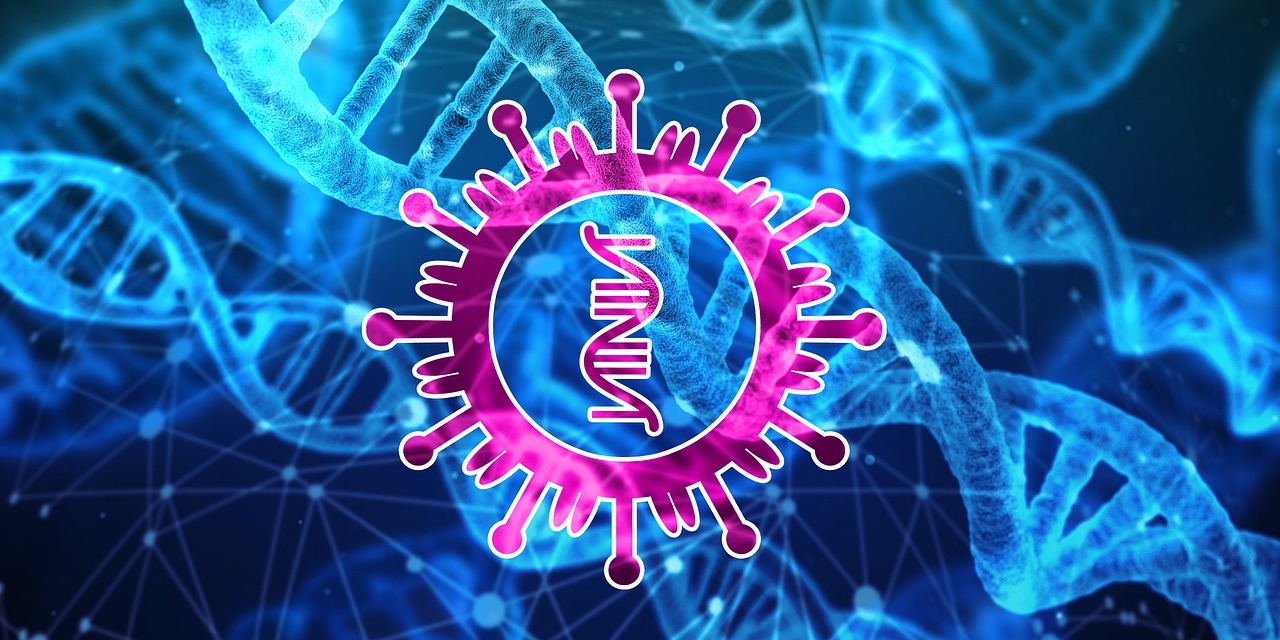The organs in pigs can be suitable for human transplantation. They are nearly identical to human organs in terms of activity and size. However, every animal’s genome is loaded with integrated viruses. The viruses that are present in pigs are mostly harmless to them, but could lead to tumor growth and defects in the immune system if they were to be passed on to humans. A recent research paper tried to tackle these problems with the use of molecular scissors to edit the viruses out of the pig genome.
Author Archives: biod25utsc
The Secret to a Long Life: Genome-wide association studies reveal genes associated with longevity
The secret to a long life has always been a topic of intrigue and fascination. Genome-wide studies of people with different life spans have revealed key genes that contribute to a longer life. Moreover, genes involved in longevity were found to be correlated with coronary heart disease, type 2 diabetes and father’s age at death.
Viruses are more prevalent than you think: Behind the scenes of your genes
Viruses are more prevalent than once thought, with a significant role in development of humanity. A recent consensus approach based on whole genome and whole transcriptome sequencing reveals which human cancers are caused by viral infections.
91% accuracy! Is deep learning the key to determining effective cancer treatment?
A growing problem doctors face is that the primary cell type that produces cancer is sometimes undetermined. This leaves patients with generalized treatment options and a lower survival chance. However, with the use of neural networks and DNA sequencing, there seems to be hope for identifying these primary sites and providing specialized treatment. But what aspects of the genome gives us the best clues and why might some cancer types be harder to identify?
Precision Oncology: What is it and how will it change the way we treat cancer?
Recent studies in genomics have made a step towards personalized care for cancer patients. Loss of essential genes may limit the effectiveness of treatments that activate the immune system to fight cancer.
AlphaFold: Unfolding the mystery behind proteins, the building blocks of life
For generations, biologists have aimed to understand every single process of life. The key to moving closer to this goal is to further understand the compounds that govern almost all life processes, i.e. proteins. AlphaFold, a revolutionary new AI tool holds the potential to give us the power to evaluate protein structures like never before, further breaking barriers for advancements in research as well as medicine.
A look into the future? New genetic variants help unravel Alzheimer’s Disease
Alzheimer’s is a devastating disease. Does it have to stay that way? A recent genomics study suggests it may not.
Inside the ancestral genome of Aves: Were dinosaurs originally birds?
Well, not exactly. Ancient birds are theorized to have evolved from dinosaurs over 150 million years ago. But exactly how similar were they? While analyzing chromosomal-level differences, researchers revealed the genomic characteristics of an ancient common ancestor.
Life in the sky: What shapes microbial communities in the air?
Microbes are constantly present in the air, but little is known about how these diverse communities are influenced by their environment—a topic of growing interest in the face of climate change. Scientists discovered that seasonality appeared to enhance biodiversity during the warmer months, and local urbanized landscapes contributed to less airborne diversity when compared to more vegetative locations. This data reflects a chapter in the evolution of biodiversity in airborne microbial communities, and may help us to predict the changes that could be associated with anthropogenic climate change.
Can terrestrial life cope beyond the shelter of the atmosphere?
The capabilities of the bacterium Deinococcus radiodurans to survive in the low Earth orbit without oxygen expands the possibilities of space travel. Yet, the very same capabilities bring into question the sterilization practices currently used to rid space missions of interplanetary species contamination.









